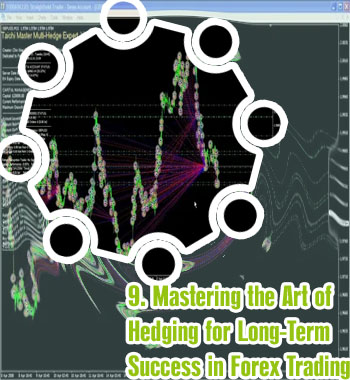What is hedging in trading forex
Hedging in forex trading is a strategy used by traders to protect their investments from potential losses. It involves opening multiple positions in the market to offset any adverse movements in price. This risk management technique is essential for traders looking to minimize their exposure to market volatility. To gain a better understanding of hedging in forex trading, here are 4 articles that delve deeper into this topic:
The Basics of Hedging in Forex Trading

Hedging in forex trading is a strategy that can help traders manage risk and protect their investments from potential losses. It involves taking opposite positions in the market to offset the risk of adverse price movements. By using hedging techniques, traders can limit their exposure to market volatility and ensure more predictable outcomes in their trades.
Here are some key points to understand about hedging in forex trading:
- Hedging involves opening two positions simultaneously: one to buy a currency pair and another to sell the same pair. This helps to offset potential losses in one position with gains in the other.
- Traders can use different hedging strategies, such as simple hedging, multiple currency hedging, and options hedging, depending on their risk tolerance and trading goals.
- While hedging can help protect against losses, it also comes with additional costs, such as spreads, commissions, and fees. Traders should carefully consider these costs before implementing a hedging strategy.
- Hedging is not a foolproof strategy and does not guarantee profits. It is important for traders to have a clear understanding of the market conditions and trends before using hedging techniques.
- It is essential for traders to have a solid risk management plan in place when using hedging strategies to protect their investments
Advanced Strategies for Hedging in Forex Markets
The foreign exchange market, commonly known as the Forex market, is the largest financial market in the world. With a daily trading volume exceeding $6 trillion, it presents vast opportunities for traders looking to profit from currency fluctuations. However, the volatility of the Forex market also poses significant risks, making it essential for traders to employ effective hedging strategies to protect their investments.
"Advanced Strategies for Hedging in Forex Markets" is a comprehensive guide that provides traders with the necessary tools and techniques to mitigate risks and maximize profits in the Forex market. Authored by renowned experts in the field, this book offers valuable insights into the intricacies of hedging, including the use of options, futures, and other derivative instruments to offset potential losses.
One of the key features of this book is its emphasis on advanced hedging strategies that go beyond traditional methods. By incorporating sophisticated risk management techniques, traders can better navigate the complexities of the Forex market and achieve greater success in their trading endeavors. The book also delves into the role of central banks, economic indicators, and geopolitical events in shaping currency movements, providing readers with a holistic understanding of the factors influencing exchange rates.
Common Mistakes to Avoid When Hedging in Forex
Hedging in Forex can be a powerful tool for traders to manage risk and protect their investments. However, there are common mistakes that traders often make which can lead to unnecessary losses. In this article, we will discuss some of these mistakes and how to avoid them.
One common mistake that traders make when hedging in Forex is not fully understanding the concept of correlation. It is important to remember that correlation is not always static and can change over time. Traders should be aware of the correlation between the currency pairs they are trading and adjust their hedging strategies accordingly.
Another mistake to avoid is over-hedging. While hedging can help protect against losses, over-hedging can also limit potential profits. Traders should carefully consider their risk tolerance and only hedge when necessary.
Using improper position sizing is also a common mistake when hedging in Forex. Traders should calculate the appropriate position size based on their account size and risk tolerance to avoid over-leveraging.
One practical use case of hedging in Forex is when a trader is long on a currency pair but fears a short-term downturn. By opening a short position on the same currency pair, the trader can protect against potential losses while still holding onto their long position. If the market does indeed turn against the trader
The Benefits of Using Hedging Techniques in Forex Trading
Hedging techniques in forex trading play a crucial role in managing risk and protecting investments in the volatile currency markets. For traders in India, utilizing hedging strategies can offer a range of benefits, including minimizing potential losses, safeguarding profits, and maintaining financial stability in uncertain market conditions.
One of the key advantages of hedging techniques is their ability to mitigate the impact of adverse price movements. By taking offsetting positions in related currency pairs or using options contracts, traders can protect their portfolios from sudden market swings and unexpected events. This can help traders avoid significant losses and preserve their capital, especially in times of heightened market volatility.
In addition to risk management, hedging can also provide opportunities for traders to capitalize on market trends and maximize their returns. For example, a trader who is long on a particular currency pair but anticipates a short-term downturn may choose to enter into a short position to hedge against potential losses. If the market moves as predicted, the trader can profit from both the original position and the hedge, resulting in increased overall returns.
Overall, incorporating hedging techniques into forex trading strategies can help traders navigate the complexities of the market with confidence and resilience. By effectively managing risk and seizing opportunities, traders in India can enhance their trading performance and achieve long-term success in the

